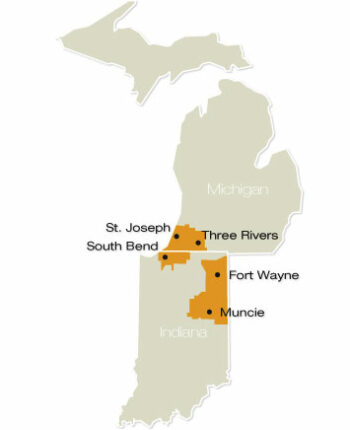For Indiana Michigan Power, we are conducting impact and process evaluations of a diverse portfolio of residential and non-residential energy efficiency programs in Indiana and Michigan. As part of this effort, we are evaluating C&I custom and prescriptive incentive, small business, public street lighting, appliance recycling, residential and commercial audit, residential lighting and appliance, income qualified and non-income qualified home weatherization, and residential and commercial new construction incentive programs. Further, we conduct evaluation of residential and commercial pilots as well as EM&V of a Conservation Voltage Reduction initiative. The portfolios also include upstream, direct install, and appliance rebate programs in the residential sector.
Indiana Michigan Power
Energy Efficiency Evaluation
Scope of Work
| Baseline Assessments | √ | Free Ridership & Spillover Assessment | √ | |
| Statistical & Econometric Analysis | √ | In-Depth Interviewing | √ | |
| Demand Response Evaluation | √ | Survey Development & Administration | √ | |
| Building Energy Simulation | √ | Cost Effectiveness Analysis | √ | |
| Emerging Technology Evaluation | √ | Statistical Sampling Planning | √ | |
| Behavioral Program Evaluation | √ |
Publicly Available Reporting
2015 Commercial and Industrial Program Portfolio Evaluation
The link above provides a copy of ADM’s impact and process evaluation of I&M’s 2015 C&I program portfolio. Programs include prescriptive and custom incentives as well as a direct install program.
2015 Residential Incentives Program Portfolio Evaluation
The link above provides a copy of ADM’s impact and process evaluation of I&M’s 2015 residential program portfolio. Programs include appliance recycling, home energy reporting, online energy check-up, demand response, weatherization, new construction, and lighting and appliance discounts.
2015 Electric Energy Consumption Optimization Program Report
The link above provides a copy of ADM’s evaluation of I&M’s 2015 EECO program. The EECO program is a Conservation Voltage Reduction (CVR) program which is operated by reducing voltages in the distribution network, resulting in a proportional reduction of load on the network.

